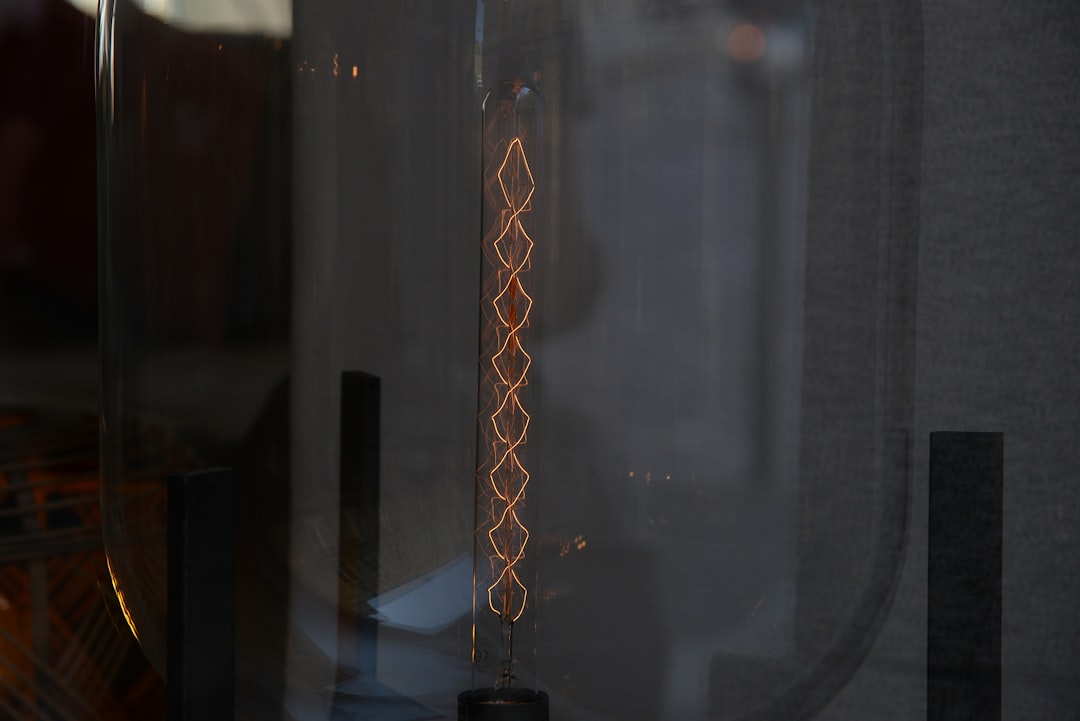3D printing is like magic. You take an idea, turn it into a digital model, and a few hours later—ta-da!—your creation is real. But behind every great print is a great filament. Picking the right filament is super important. It’s like choosing the right sauce for your pasta. The wrong one can spoil the whole dish.
Let’s make this easy and fun. We’ll look at the three most common 3D printing filaments: PLA, PETG, and ABS. Each has its ups and downs. Whether you’re a total beginner or a seasoned maker, knowing the difference will help your prints shine.
PLA – The Friendly Filament
PLA stands for Polylactic Acid. It’s the go-to filament for beginners. Why? Because it’s easy, fun, and doesn’t complain much. PLA is made from cornstarch or sugarcane. That means it’s biodegradable and kind of green-friendly!
- Easy to print: No heated bed needed
- Low-temperature printing: Around 190–220°C
- Low warping and odor: Your room won’t smell like melted plastic
- Good for: Toys, miniatures, decorative items
Sounds dreamy, right? Well, hold on.
PLA isn’t perfect. It can get brittle, and it melts in high heat. So, if your print will sit in a car on a hot day—it might warp or sag. PLA is also not very flexible. It’ll snap before it bends much.

Still, for most beginner projects, PLA is your best friend. It’s colorful, affordable, and available everywhere.
PETG – The Tough Buddy
Next up is PETG. That stands for Polyethylene Terephthalate Glycol. Don’t worry, you don’t have to pronounce it. Just know PETG is like PLA’s cooler, tougher cousin.
It’s not as easy as PLA, but it’s still user-friendly. If you want prints that can handle more stress and heat, PETG is the way to go.
- Good strength and flexibility
- Higher temperature resistance: Prints between 220–250°C
- Water resistant and tough
- Good for: Mechanical parts, containers, protective gear
PETG doesn’t warp as much as ABS and doesn’t break as easily as PLA. Sounds perfect? Almost.
Here’s the catch—PETG can string. That means you might see fine little hairs between parts of your print. Like a mini spider got really busy. Also, PETG loves sticking to glass beds. But sometimes, it sticks too well. You might need glue or tape to help it release.

Once you get the hang of PETG, it’s a fantastic upgrade from PLA. Especially for parts that need to be tougher or used outdoors.
ABS – The Rebel Filament
Let’s talk about ABS. This is what LEGO bricks are made of. It’s strong, durable, and heat-resistant. Sounds amazing, right?
But—big BUT—ABS is tricky. It’s like that rebel kid in high school that didn’t follow the rules.
- Very strong and impact resistant
- Heat-resistant: Great for hot environments
- Post-processing: Can be smoothed with acetone for a clean look
- Good for: Functional parts, automotive components, tools
The downside? ABS loves to warp. Like, a lot. If your printer isn’t enclosed, your prints might curl up like potato chips. It also smells. When printing ABS, you’ll notice a very plastic-like odor. So, good ventilation is a must.
And it needs high temps—usually over 230°C—and a heated bed. It’s not impossible, but it’s not plug-and-play either.

If you’re ready for a challenge and need tougher parts, ABS is great. But it’s definitely for more experienced users, or those with special setups.
How to Choose the Right Filament?
So, which filament should you use? Here’s a quick cheat sheet:
- Just starting out? Go with PLA. It’s forgiving and looks great.
- Need stronger prints for real-world use? Try PETG. It’s a great balance of ease and strength.
- Want pro-level performance? Test your skills with ABS. It’s tough, but not easy to tame.
You can even mix and match. Use PLA for models, PETG for household items, and ABS for workshop tools. As your skills grow, so will your filament collection.
Tips for Successful Prints
No matter which filament you choose, these tips will help:
- Level your bed! Most print fails are bed-related.
- Store filament in dry areas: Moisture ruins everything.
- Use the right nozzle temp: Check the spool or manufacturer’s specs.
- Keep the nozzle clean: A clogged nozzle = sad prints.
Fun with Colors and Special Effects
Filaments come in more than just standard colors. You can find glow-in-the-dark PLA, transparent PETG, or even wood-filled and metal-filled versions. The choices are endless.
Want a print that looks like a marble statue? There’s a PLA for that. Need something that looks like copper? PETG’s got you covered. It’s not just about strength—it’s also about style!
Conclusion
3D printing is all about creativity and fun. But the filament you use can make or break your project. Start with PLA to learn the ropes. Move to PETG for tougher things. Then, when you’re ready, summon your inner rebel and try ABS.
So go on, fire up that printer, and feed it the good stuff!
Happy printing!
